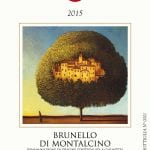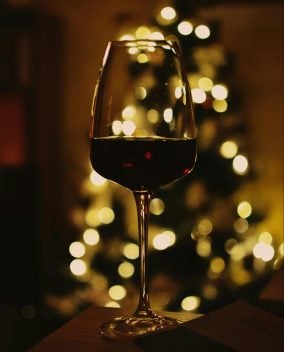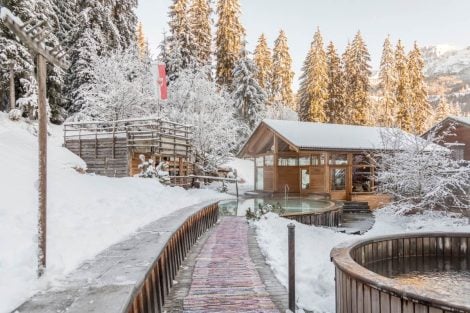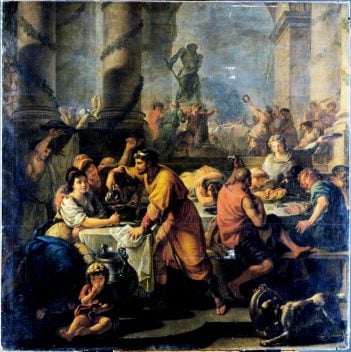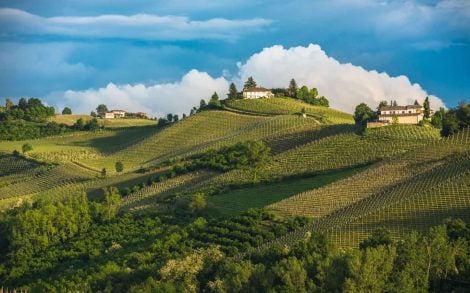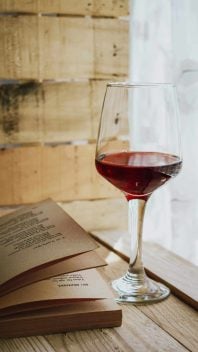Ten estates in six Italian wine areas, with almost 23 million bottles produced annually and a turnover in 2019 that was close to 190 million euros. Santa Margherita Gruppo Vinicolo receives the Winery of the Year award from Gambero Rosso 2021 Italian Wine Guide because in the face of large numbers (over 700 hectares) it has managed to offer excellent wines from all the territories where it is present, starting with from the parent company, Santa Margherita. In other words: quality in quantity. The award is the result of the commitment of the Marzotto family, which over time has brought together brands of absolute importance on the Italian scene: from Ca 'del Bosco, to Cà Maiol in Lombardy, by way of Kettmeir in Alto Adige, Lamole di Lamole in Chianti Classico, and Mesa in Sardinia. The CEO of the Group, Beniamino Garofalo, in this 360-degree interview, expresses great satisfaction with the goals achieved, but is already looking ahead to the future, and the strategies to be implemented, from digital marketing to environmental sustainability, in order to face the complicated economic moment.
Dr. Garofalo, in addition to our warmest congratulations, we're requesting a quick comment on the Winery of the Year 2021 award.
It gives us great pleasure and fills us with pride. We are going through an exceptional period that requires steady nerves, renewed attention towards the people who are part of our community, and positive news like this can only raise our optimism and gratify what has been built up to now by the Marzotto family and the work of all our collaborators who have contributed to making this dream come true.
The 2021 recognition went not so much to one of the various brands but to the entire Group. What meaning do you give to this choice, even considering the company's long history?
The Group is our strength, generated both by our history and by the value of the individual cellars. Without rhetoric and for the sake of understanding: without the Group, some very beautiful realities, which represent exceptional territories, which produce excellent wines, would not––despite all this––have the strength to present themselves in the world. By the same token, the Group would not have its value on the market if it could not present, together with the great wines we all know, the excellence of some niches, some high examples of Italian wine production. There is always a balance to be achieved between these two souls, and it is the best part––if you'll allow me––of Santa Margherita Gruppo Vinicolo.
What do you believe the added value of such a recognition can be?
The world of wine has also grown thanks to dedicated independent press, in Italy as well as in the world. Over the last thirty or forty years it has carried out an extraordinary function: developing the skills of the general public on wine by nurturing their passion, but also urging producers to never lose sight of high quality. If this press tells us that we are doing well it obviously fills us with satisfaction, it means that we are on the right course.
We know that Santa Margherita Gruppo Vinicolo won't stop and, in a difficult year like the current one, it certainly intends to play in attack and not in defense. What will be the macro areas of action in the future?
Santa Margherita Gruppo Vinicolo has gone through almost a century of history; has transformed quasi abandoned territories into fertile fields; has favoured the Italian transition towards a production of excellence and not just quantity, and has sensed the strength of a growth model shared with many families of farmers, in different territories respecting their identity. Today it is at the forefront of the fight against global warming with self-produced energy, organic management of vineyards and many other concrete actions. I believe that today we must continue to support the Horeca partners who in Italy and around the world are paying a very high price for this pandemic and yet continue to believe in our growth model and in the Italian system. We cannot afford, for example, to lose important Made in Italy wineries to Covid-19. If there is action to be taken in defense of the wine system, we are present.
In a year that will be remembered for a long time for the experience, not yet completed, related to the Coronavirus pandemic, what was the impact of the economic crisis on the Group's financial situation, considering the foreign markets, the Italian market and the various marketing channels, like Horeca, large-scale distribution and e-commerce?
The strength of the Group lies in the fact that it can count on wines destined for both organized distribution and the Horeca channel, in Italy and around the world. We place our wines in 94 markets around the world, covering all five continents, and since 2016 we count on our direct import and distribution company in Miami for the USA, the first reference market for the export of Italian wine. This has allowed us to spread out the “weight” of the pandemic, thus balancing its most negative effects.
So can we speak of optimism?
We are confident, very confident, on how this year will end. We see signs of recovery in several important markets, but it's not over yet. We will do the math at the end and it will be important as the whole wine system, as a whole, will emerge from the crisis. Never before has the entire sector counted as it does today, and not just the individual.
What were the main initiatives implemented to face the new scenario?
On the Italian market we defended our Horeca partners: with them we studied customised paths to help them overcome the lockdown and its effects. We will continue with this attention until the sector has fully recovered. Horeca will become our vehicle for communicating with the general public: they will be our stage, we will work even more with them, operating from a different perspective, looking for dialogue and cooperation that will share a new plan.
For the internal market, yes. How about abroad?
On international markets, our export team has expanded the range of analysis and "projections" with surprising results: Australia is for example, an important point of reference for us. Same can be said for Germany as well as other new markets. This attention will continue.
For those producing high quality like your Group, how complicated is it to move in a context that, according to experts, will lead consumers to spend less on wines and beverages?
Recent surveys conducted in large retailers say that, contrary to the previous crisis of 2008, this time Italians don't really intend to give up quality in their food purchases. Obviously, the way people entertain has changed, but I wouldn't be pessimistic: Santa Margherita Gruppo Vinicolo counts on a mix of offers that guarantees all consumers access to high quality wine.
The idea of quality is not always easy to convey...
It will depend on us to make that quality accessible with work in the vineyards, a commitment to sustainability, the defense of the landscape and biodiversity, working in tandem with the supply chain. A commitment that must be of the whole national agri-food system. Consumers must know how great the commitment of this sector is (we only think of the growth of organic farming, or the value of indigenous varieties, in wine as in fruit and vegetables or in grain production) to guarantee the best on Italian tables, something the entire world envies us.
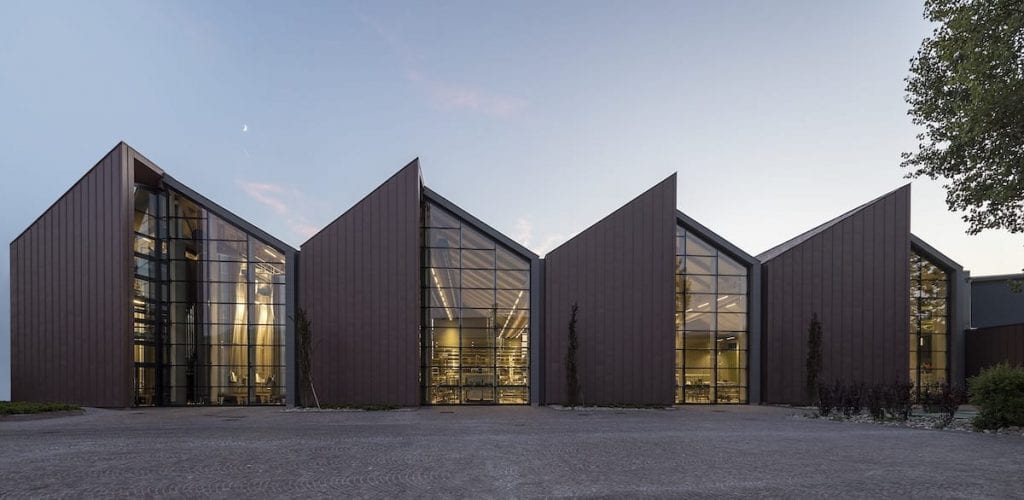
The Group has always been characterised by its strong commitment to investing (in technology, communication, sustainability). What are the guidelines you have chosen for the short and long term?
True, investments have been the strength of the Group: a cycle that has continued, uninterrupted, since 2005, and which has never slowed down even in the hardest phase of the crisis after 2007, and which in recent years has involved a total expenditure of over 280 million euros. For 2020 we have continued on this same path, albeit with the limitations and delays generated by the lockdown.
What are the objectives?
It's clear that we see Santa Margherita Gruppo Vinicolo as a company that's increasingly projected to the global market, yet capable of keeping its roots firmly in Italy. We are present in over 90 countries with our own import and distribution company on the main market in the world, the USA. We are divided among ten estates in the most suitable areas of our country and we will further expand our vineyard area and our brands. We want to remain in the leading group of the world of Italian wine, develop and maintain that social role, one of the founding characteristics of the Group, which has allowed us to save many heroic vineyards in our country. We want to continue with environmental protection and energy saving which represents the important challenge of this historic season.
Among other strategies is environmental sustainability...
It's a long-term strategy that has been underway for some time in all the estates that make up our oenological mosaic, and which already leads to very important results. To date, more than 50% of the Group's vineyards (a total of 712 hectares) are conducted according to the dictates of organic farming, and the experience gained in recent years highlights, among other things, how this practice allows plants to deal with greater confidence with phenomena related to global warming. But this is only one of the strategies implemented.
What others are there?
The Group is also committed to defending biodiversity in the vineyard, safeguarding the woodlands surrounding the estates and their vineyards. We're strongly committed in the restoration and maintenance of the landscape; in the wise use of fresh water to avoid waste, thanks to innovative emergency irrigation systems.
Lastly, let's focus the new consumers and digital world. What are the next moves?
We want to continue to be innovative, like what happened with Pinot Grigio and Prosecco, identifying new varieties such as Lugana, Vermentino di Sardegna or Carignano, which can bring Italian wine culture to the world by conquering new winelovers. And to do this, there is no doubt that a further direction in development must be the digital component. This crisis has made the need to integrate traditional communication tools with new actions very clear. It becomes essential to keep the dialogue with winelovers alive, regardless of their possibility or willingness to leave the house or for travel. This means a renewed attention to the growth of the offer of digital content and e-commerce, calibrated so that it's not a mere sales tool, but rather a preferential channel to have greater contact with end customers to bring them closer to brands and their labels.
Santa Margherita Gruppo Vinicolo – Fossalta di Portogruaro (VE) – Via Ita Marzotto, 8 – 0421 246111 – www.santamargherita.com
by Gianluca Atzeni

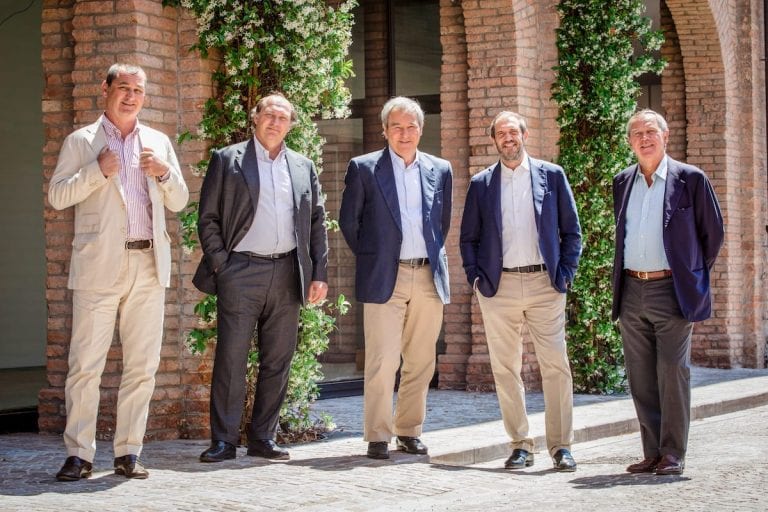
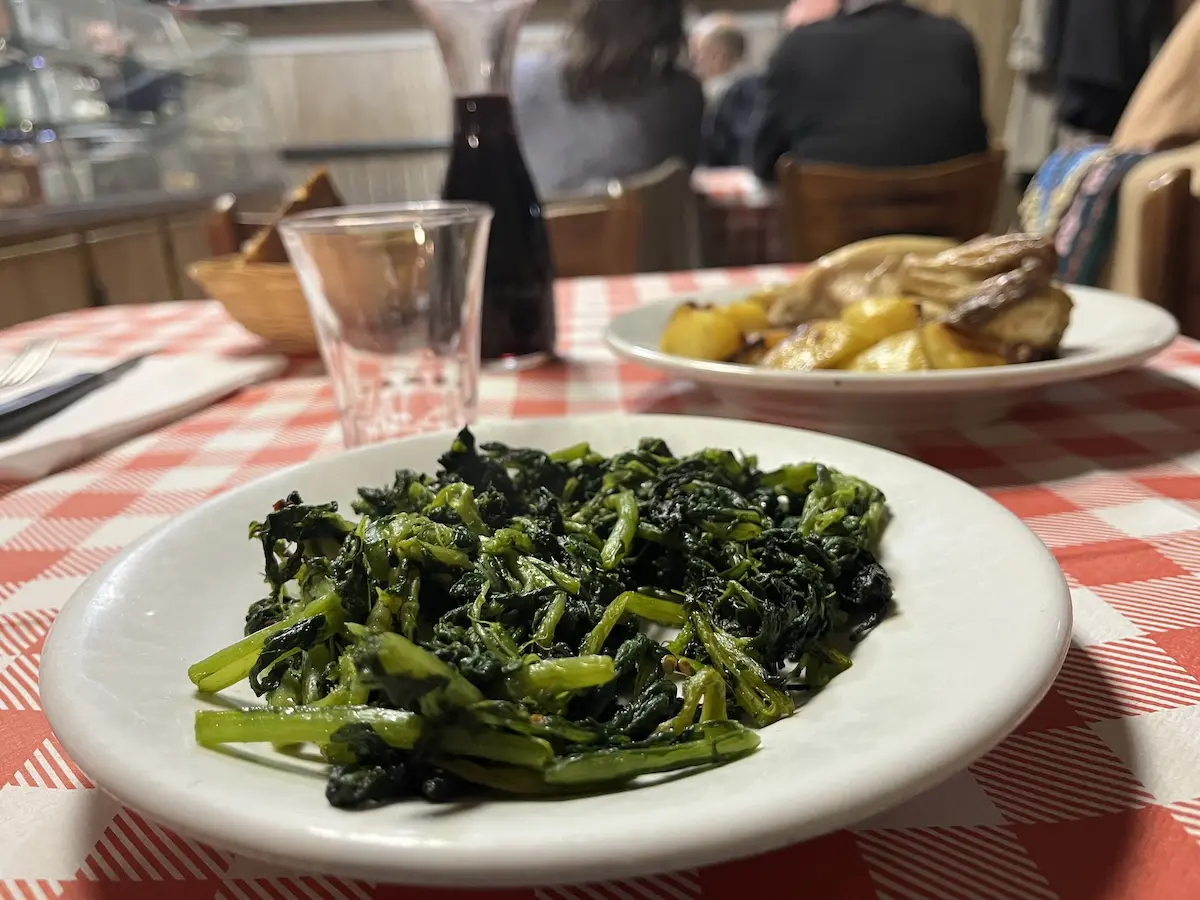 Why not every trattoria should be written about
Why not every trattoria should be written about Brigitte Bardot’s final rosé: the wine that marks the end of an icon
Brigitte Bardot’s final rosé: the wine that marks the end of an icon What you need to know about Italy's new decree on dealcoholised wine
What you need to know about Italy's new decree on dealcoholised wine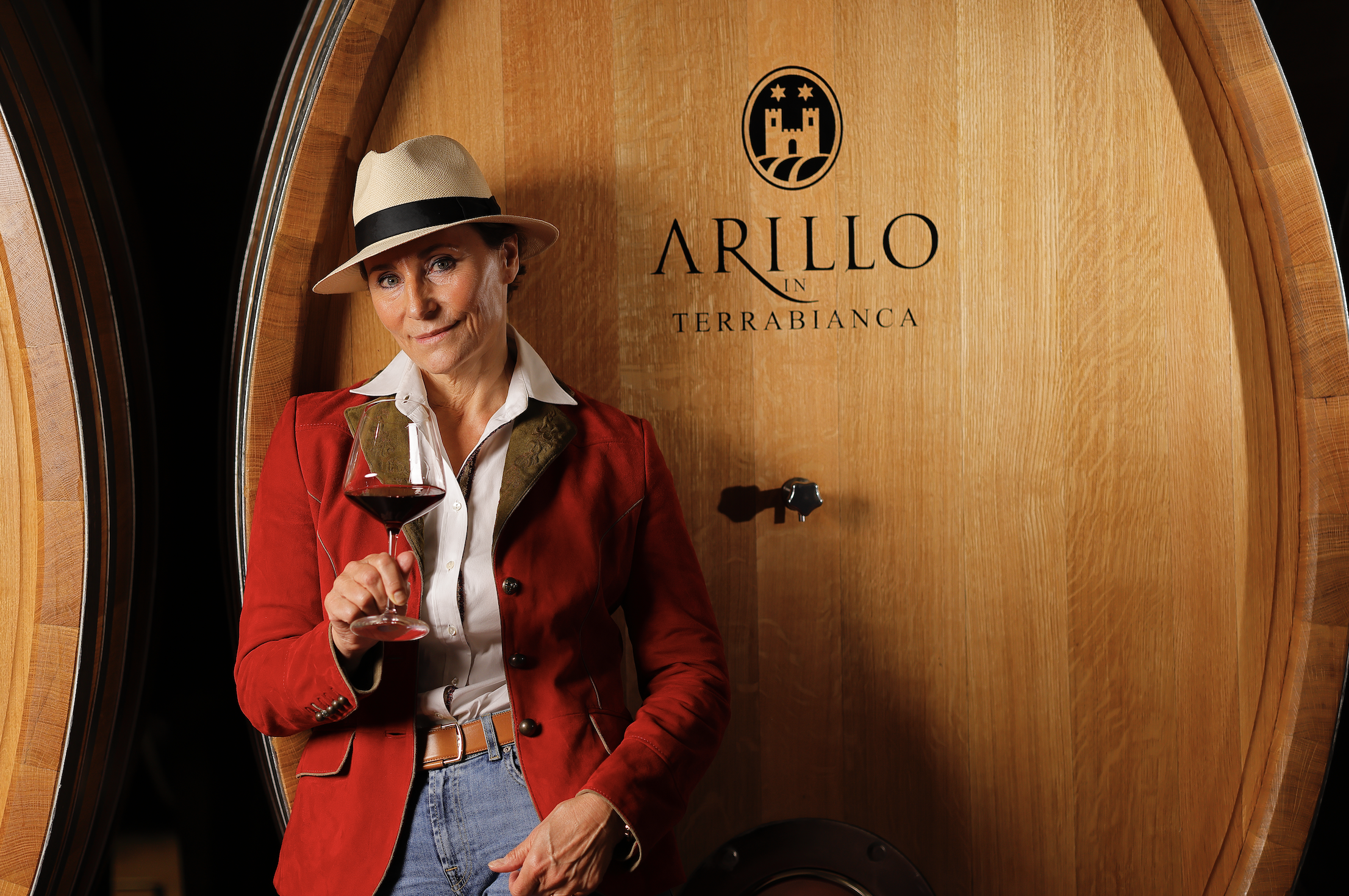 Why Arillo in Terrabianca's organic approach is paying off
Why Arillo in Terrabianca's organic approach is paying off